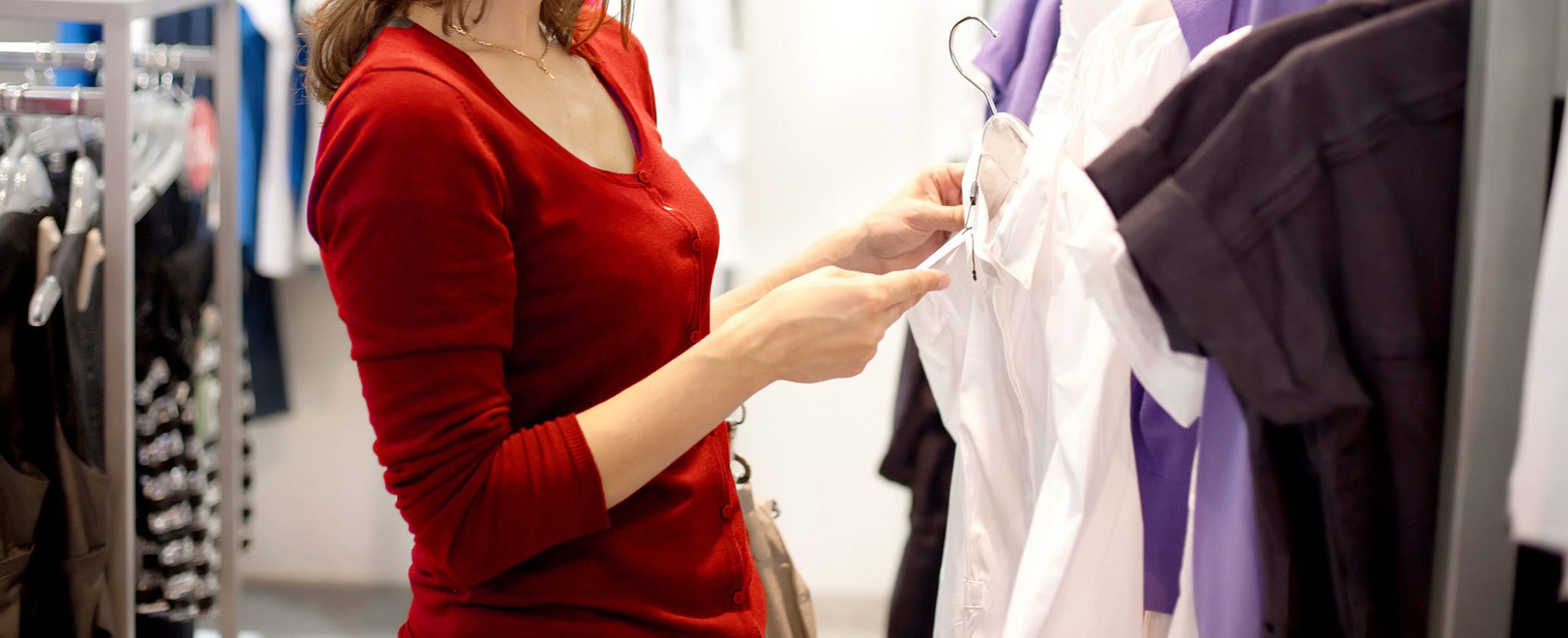Impact of garment design and fit on pilling behavior
The Hidden Culprit Behind Fabric Quality Understanding the Impact of Garment Design and Fit on Pilling Behavior
As consumers become increasingly discerning about the quality and durability of their clothing, manufacturers are under pressure to deliver garments that meet high standards of performance and appearance. However, one common issue that can undermine even the most carefully crafted designs is pilling behavior the formation of small balls or fibers on fabric surfaces. This phenomenon not only affects the aesthetic appeal of garments but also contributes to their overall quality and longevity.
At Eurolab, we specialize in providing laboratory services that help manufacturers optimize their products for optimal performance. Our expertise in understanding the complex interactions between garment design, fit, and pilling behavior has enabled us to develop a unique service that addresses this pressing concern. In this article, we will delve into the intricacies of garment design and fits impact on pilling behavior, highlighting its significance for businesses and outlining the benefits of our laboratory services.
What is Pilling Behavior?
Pilling behavior refers to the formation of small balls or fibers on fabric surfaces due to friction, wear, and tear. This phenomenon occurs when individual fibers break off from a fabric and then accumulate in clumps, creating unsightly bobbles that detract from the garments appearance.
While pilling is often associated with low-quality fabrics, it can affect even premium materials under the right conditions. In fact, studies have shown that factors such as fiber type, yarn construction, weave density, and finishing treatments all play a crucial role in determining a fabrics propensity to pill.
Why is Garment Design and Fit Important for Pilling Behavior?
Garment design and fit are often overlooked as key contributors to pilling behavior. However, they can significantly impact the way fabrics interact with wearers bodies and environments. Here are some reasons why
Abrasion Clothing designs that involve seams, pockets, or other stress points can create friction between fabric surfaces, leading to increased pilling.
Stretch and recovery Garments made from stretchy materials may exhibit greater elasticity, but this property also makes them more prone to pilling under repeated wear and tear.
Fabric interaction The way different fabrics interact with each other for instance, when two layers are in close proximity or have different fiber types can influence pilling behavior.
Advantages of Understanding the Impact of Garment Design and Fit on Pilling Behavior
By acknowledging the role of garment design and fit in shaping pilling behavior, manufacturers can
Enhance fabric quality By optimizing designs to minimize stress points and abrasion, businesses can create garments with improved durability and resistance to pilling.
Optimize manufacturing processes Manufacturers who understand how different fabrics interact can adjust their production procedures to reduce the likelihood of pilling, resulting in cost savings and reduced waste.
Improve brand reputation By delivering high-quality products that resist pilling, businesses can build customer loyalty and establish a positive brand image.
Key Benefits of Our Laboratory Services
At Eurolab, our comprehensive laboratory services are designed to help manufacturers overcome the challenges associated with pilling behavior. Here are some key benefits of partnering with us
Data-driven insights We use advanced testing equipment and analytical tools to provide detailed information about fabric properties, enabling informed design decisions.
Customized solutions Our experts work closely with clients to develop tailored recommendations for reducing pilling, taking into account specific product requirements and goals.
Efficient communication We maintain open lines of communication throughout the testing process, ensuring that all stakeholders are kept up-to-date on progress and results.
Frequently Asked Questions
What is the most common cause of pilling behavior?
Pilling can result from various factors, including fabric type, yarn construction, weave density, finishing treatments, abrasion, stretch and recovery, and fabric interaction.
Can garment design and fit affect pilling behavior?
Yes, clothing designs that involve seams, pockets, or other stress points can create friction between fabric surfaces, leading to increased pilling.
How can manufacturers reduce pilling in their products?
Manufacturers can optimize designs to minimize stress points and abrasion, adjust manufacturing processes to reduce the likelihood of pilling, and use high-quality fabrics that resist pilling.
Conclusion
In conclusion, understanding the impact of garment design and fit on pilling behavior is crucial for businesses seeking to deliver high-quality products. By acknowledging the complex interactions between fabric properties and environmental factors, manufacturers can optimize their designs and manufacturing processes to minimize pilling.
At Eurolab, we are committed to helping manufacturers overcome the challenges associated with pilling behavior through our comprehensive laboratory services. Whether youre looking to enhance fabric quality, optimize production procedures, or improve brand reputation, our expertise is here to support your goals. Contact us today to learn more about how our services can benefit your business.




